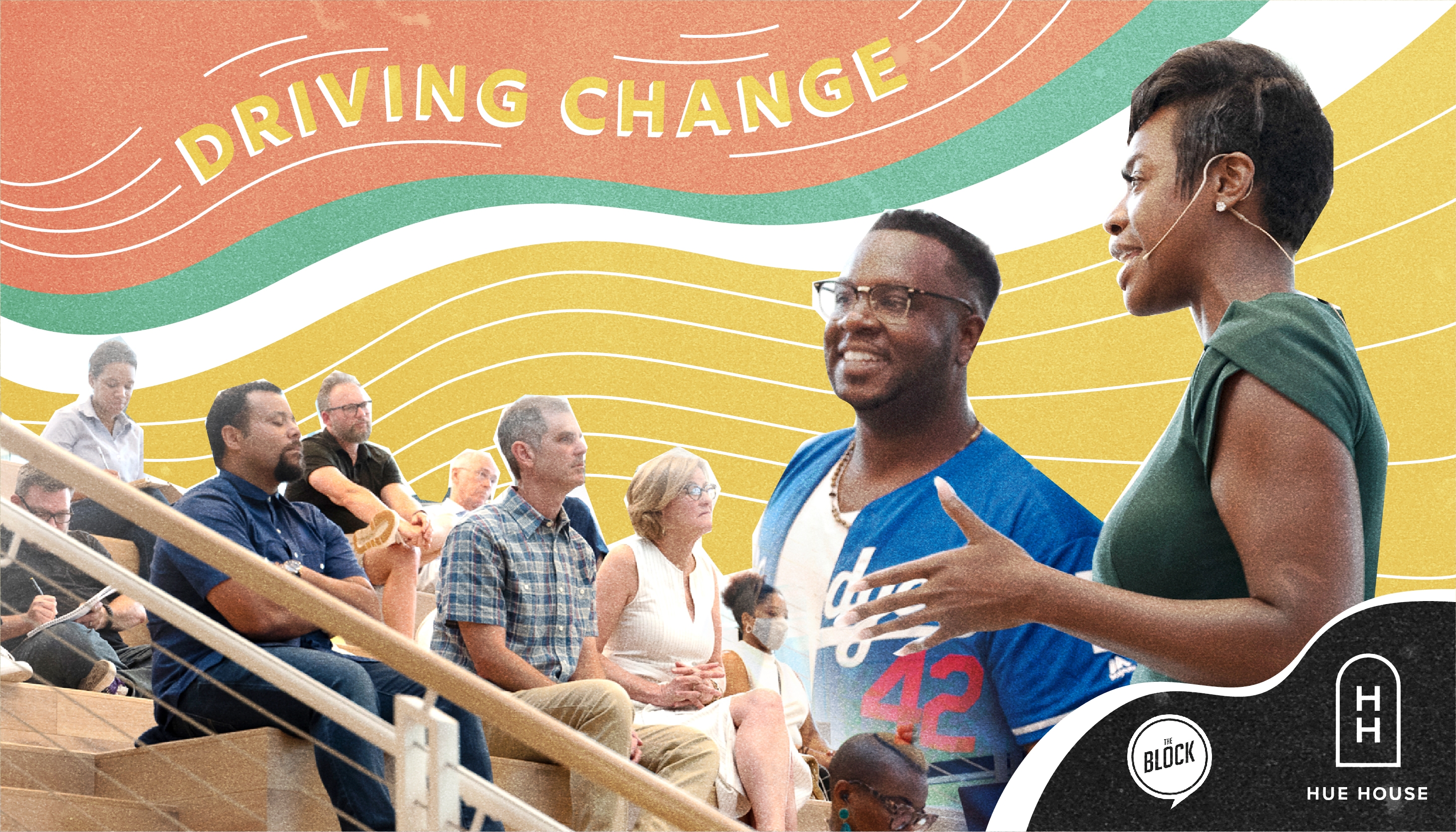Community
Brand Strategy

I strongly believe each of us has a responsibility to help improve the space we inhabit — within the community where we live or the planet we call home. While no single effort will solve all the world’s problems, I’m convinced that we have more power to create real change than we give ourselves credit for.
This is especially true for companies that yield the combined power of many individual voices. Regardless of its size, your organization has a unique platform to champion causes that matter and make an impact in a way that others cannot.
Enter cause-related marketing: When brands and businesses “align themselves with social issues or beliefs that are important to them and execute a campaign” (HubSpot), it can become a powerful marketing tool to raise awareness and highlight social responsibility. Furthermore, an authentic approach can elevate a brand in the eyes of its audience.
I have a special place in my heart for cause-related marketing: Prior to joining Wray Ward, I worked for Discovery Place, a nonprofit children’s museum that encourages scientific exploration and creativity. The museum’s corporate partners play an invaluable role in making STEM education accessible to all. Earlier in my career, I worked with the American Cancer Society to provide free housing to patients traveling for treatment — and incorporated this into a marketing campaign that encouraged consumers to support the cause. Today, I work with United Way of Central Carolinas, one of four organizations that received a Wray Ward EmpoWWer service grant for 2022.
Genuine cause-related marketing will not only open the eyes of your customers to the needs around them, but it will also help them see you in a positive light, strengthening their bond with your brand.
How Embracing a Greater Cause Benefits Brands
Research shows that customers seek out brands with whom their values are aligned. According to a 2022 Harris Poll, 82% of shoppers prefer a consumer brand’s values to align with their own, “and they’ll vote with their wallet if they don’t feel a match.” These consumers want more than a commodity: They want the good feeling that comes with supporting a company that supports their same values.
Another study conducted by IBM found that consumers fall into one of two categories: value-driven and purpose-driven. While there are still many consumers out there who are only looking for the best value for them, a growing number of people are concerned with the best value for everyone, regardless of the product or service being sold.
Value-driven consumers are more concerned with getting the most bang for their buck and choose brands based primarily on price or convenience.
On the flip side, the purpose-driven consumer considers the intrinsic values of brands and how closely they align with their own. Even if they have to pay more, they’re willing to spend extra money on products or services from a company that focuses on the greater good.
If these studies tell us anything, it’s this: Focusing your marketing efforts on more than what you’re selling is crucial to increasing your brand reputation.
The question then becomes, with seemingly endless options to choose from, which cause should you align your brand with?
Selecting a Cause: Stay in Your Lane
According to the National Center for Charitable Statistics, more than 1.5 million nonprofit organizations are registered in the U.S. With so many options to pick from, where do you even begin?
Evaluating the issues that exist within your category is one of the best ways to determine which organizations or causes to work with. Which of these causes does your company feel most compelled to support? Which cause most closely aligns with what you do? The more natural the fit, the more your cause-related messaging will resonate with your target audience.


